A regular mezcal news column where we track new mezcal brands, products, and expression releases as well as new-to-us products in the world of Mexican liquor.
Mezcal Brand Launches
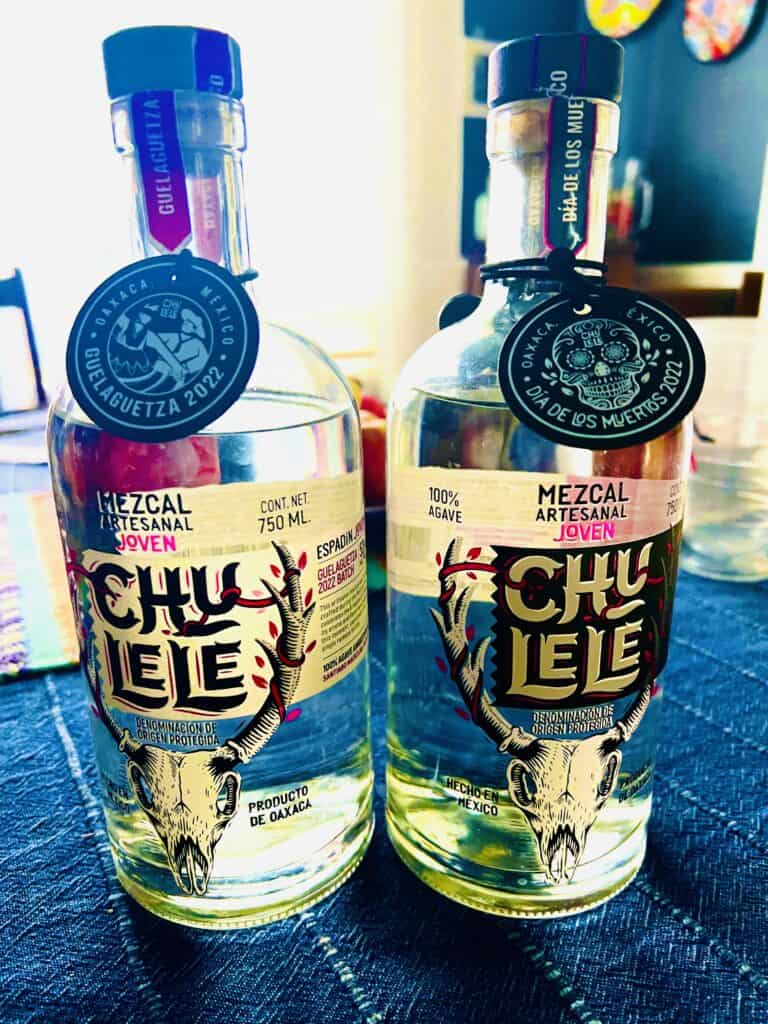
Mezcal Chulele was founded by LJ Koch. He cut his teeth in Oaxaca working on a documentary project called Joyas de Oaxaca alongside his former partner Alejandra Robles, a traditional Oaxacan dancer and singer. Through their various episodes, they spoke to other performers, artisans, chefs and mezcaleros in order to capture the breadth of artistic culture in Oaxaca. Through their travels and filming, he became entranced by the story of mezcal and began learning and filming the process.
In deciding to create the brand, Koch wanted to do something completely different. He partnered with Maestro Mezcalero Tomás Mendéz in Santiago Matatlan Oaxaca and together they created two distinct small batch releases that are accompanied by a film that details not only the production process from harvest to distillation but also the significance of each themed batch.
The first release is the 2022 Guelaguetza at 50% ABV. Made from espadin, it is bursting with sweetness at the first sip, spicy and warm long finish. The second release is the 2022 Dia de Muertos at 51% ABV, and in this release the espadin is super dry and crisp with citrus notes, demonstrating how much flavors can vary based on harvest and time of year the mezcal is made. All agaves are estate grown. Only 250 bottles of the Guelaguetza were produced, and 1250 bottles of the Muertos. Koch is eventually planning on doing three to four releases a year with films to accompany each.
But you won’t find this mezcal in a store. Koch has currently created a direct to consumer model, selling the releases through the website. It’s an interesting model, and the inclusion of the detailed films for each release definitely creates an experience that brings the consumer closer to the mezcal.
In other mezcal news, Campanilla del Palmar is the latest family producer-owned mezcal brand to join the import portfolio of Heavy Metl Imports. It is made by the Navarro family in Palmar Segundo, San Luis Potosi who have been making mezcal for eight generations. They are known for using different varieties of Salmiana in their production including Chino, Verde, Blanco and Cuerno. The agave is cooked in ground, crushed by tahona and then “squeezed” to wring out as much juice as possible from the cooked agave for fermentation – they do not use the fibers. You can read more about this process and see pictures from my visit in 2019.
It is then distilled in a unique clay pot still called a Mongolian still that greatly differs from a Filipino still. You can read about the specifics of the still set up at the Heavy Metl website.
Campanilla del Palmar is currently available in California with more markets coming soon. You can taste it at Mexico in a Bottle on November 10th.
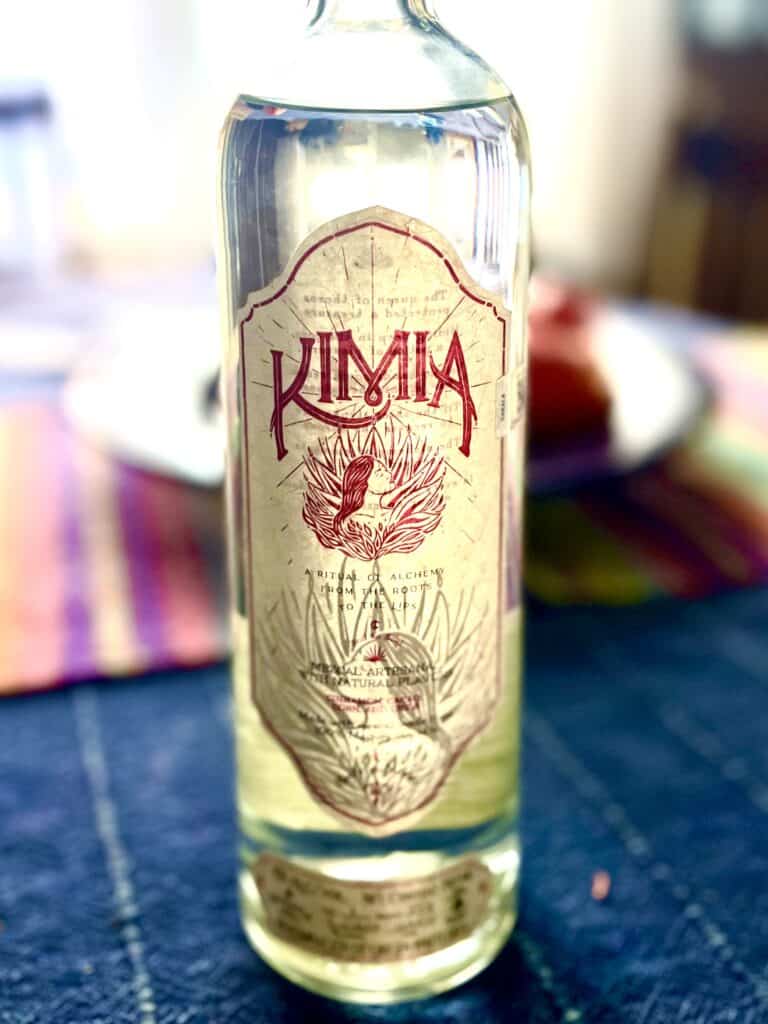
Kimia is a new brand on the market and was co-founded by Lara Cornelius and Marianela Fuentes. They are working with mezcalero Chucho Espina in San Dionisio Ocotepec. This first release is from Don Chucho’s family recipe which is an espadin distilled with cinnamon, cacao, corn, and chile.
The name Kimia comes from an ancient Greek word and a feminine given name in the Persian language. It means elixir of life, alchemy, or the philosopher’s stone. The label embraces the feminine origin of the name, and includes a poetic piece to describe her on the back of the label that can be seen through the clear bottle and mezcal. It’s interesting to note that in addition to the producers name and bottle count on the front label (779) they also include that it was made under a quarter moon.
The mezcal is 45% ABV and is very balanced given the strong ingredients, with no one ingredient overwhelming the flavor of the other. The agave is roasted in ground, crushed by Tahona, open air fermented and then double distilled in copper. The four ingredients are added in the second distillation.
It is available for purchase through Passion Spirits.
Other New Mexican Craft Spirits
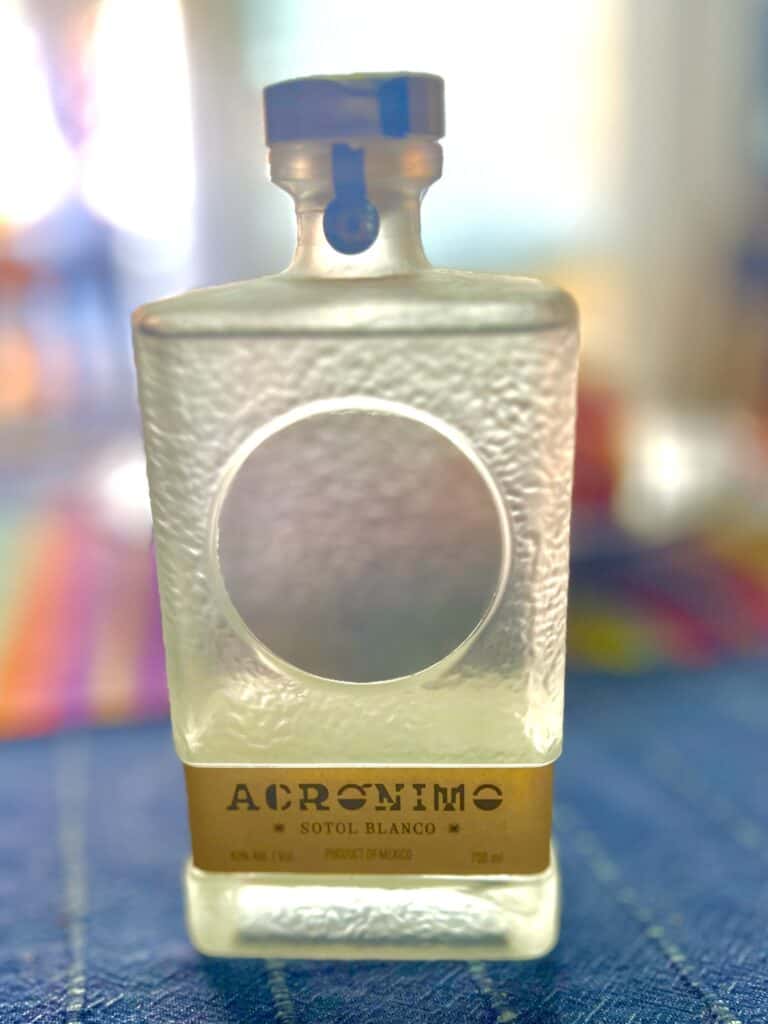
Acrónimo Sotol was created by the Creel family which has a long and storied tie to the state of Chihuahua and even has a town named after them. The brand is led by Alessandra Camino Creel alongside her brother Jose Luis and is produced by 5th generation producer Gerardo Ruelas.
The sotol is an ensamble of two types of Dasylirion. Dasylirion wheeleri is found primarily on the desert floor of Chihuahua, where low rainfall and hot temperatures can create earthy notes reflecting the arid, mineral-rich soils. Dasylirion cedrosanum is found in the Sierra Madre Occidental highlands of Chihuahua, where more rainfall, less heat and a higher abundance of nutrients in the soil can impart sweet and fruit flavors with floral notes.
It is 42% ABV. The harvested Dasylirion are cooked in an in ground oven, milled, open fermented in pine tanks and then distilled in copper. The sotol has an underlying sweetness and herbaceousness and lingers on the tongue.
One thing of note, the website makes an interesting claim – “Since the 13th Century, indigenous communities from the Chihuahuan desert harvested and distilled the Dasylirion plant, incorporating Sotol into rituals and cultural practices.” We know that sotol (the plant) has been an important part of the Indigenous diet for at least a thousand years in the form of food and fermented beverage. But to the best of our knowledge, distillation did not begin until the arrival of the Spanish.
Acronimo has just been launched into the market but is available online through the website (bottom left of the site.)
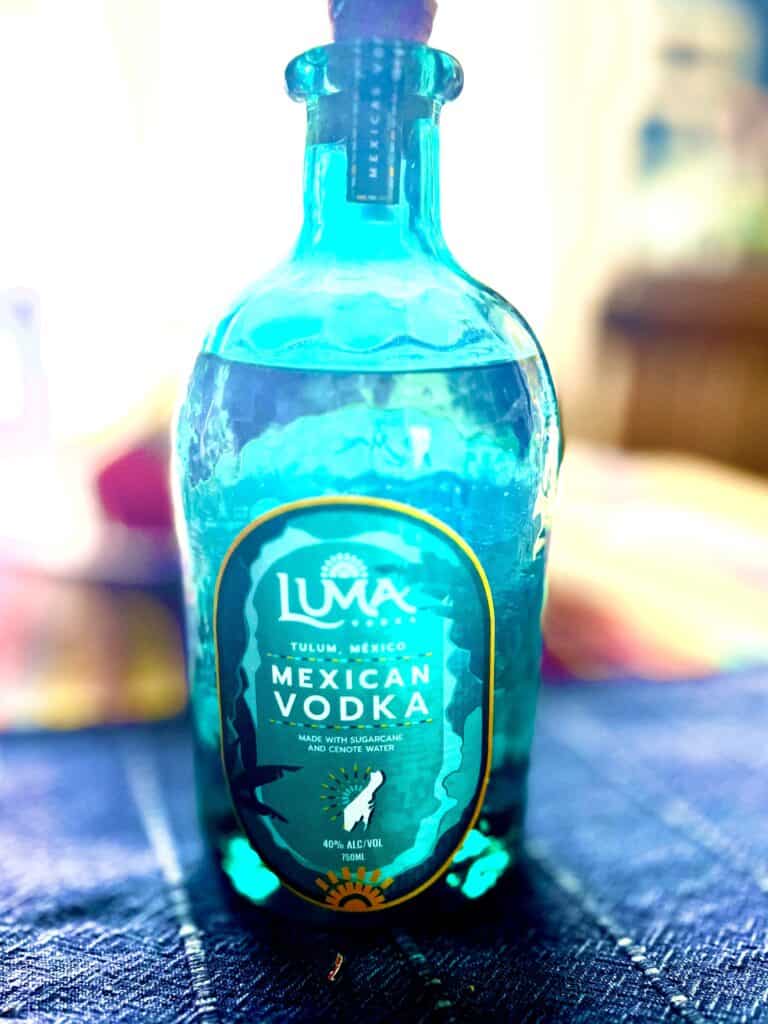
In non mezcal news, Luma has absolutely nothing to do with agave. This Mexican vodka is a neutral alcohol made from pressed raw sugarcane juice and cenote water (which is more alkaline). It was conceived in 2021 but officially founded in 2024 by Jesse Devlyn. It is produced in Tulum, Quintana Roo, Mexico. It is 40% ABV.
I can’t remember the last time I had a sip of vodka but what I vaguely remember is how much it tasted like rubbing alcohol. This iteration is far far far from that and has an incredibly floral taste that was quite pleasing. I used it in some simple cocktails – one with blood orange soda and lime, the other in a very dry martini with olives. It worked beautifully in both and it’s easy to see how this could be a great replacement for other vodkas in a Mexican bar program.
Luma is not the first Mexican vodka in the market but it is the only one made from sugarcane juice (Altieri is made with blue corn, Weber Ranch Vodka with agave but it is distilled in Texas).
It is currently available in the San Francisco Bay Area and in the Riviera Maya.
New Expressions from Known Mezcal Brands
Real Minero de Carne
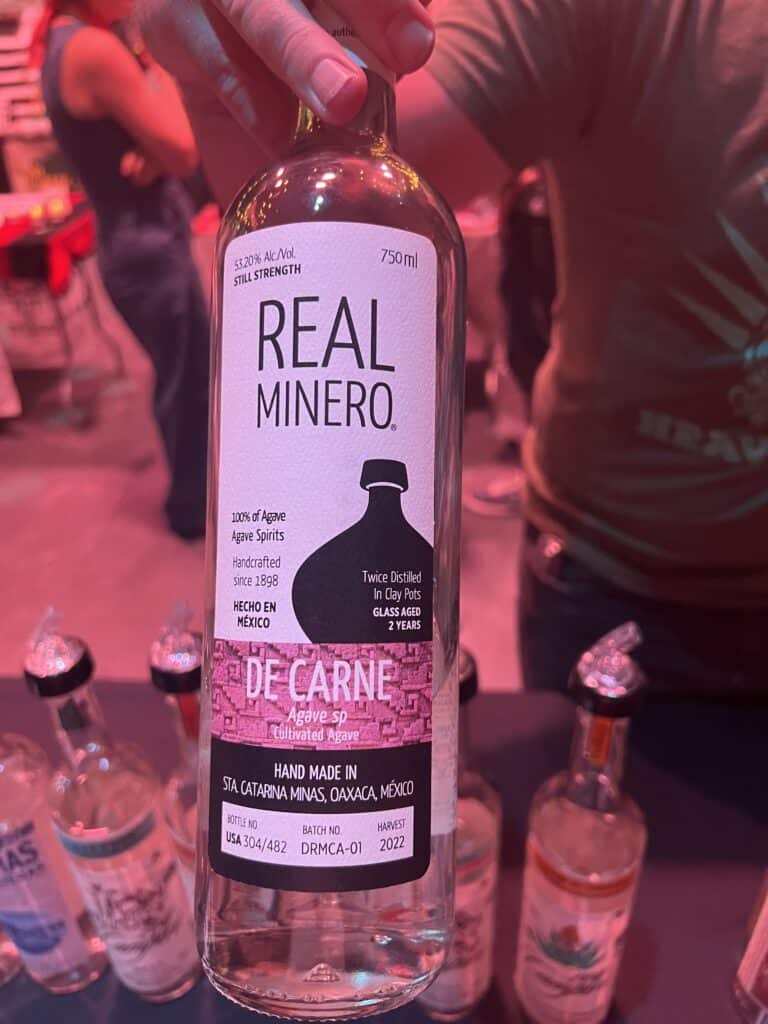
No this isn’t a new pechuga from Real Minero but in fact a new agave called carne. To get background on it, check out this video from Real Minero’s Edgar Angeles as he talks about the agave and the process making it.
File under Whut?
This is what happens when you decide to clean out your inbox, you stumble across press releases that are buried for a reason. I am still not convinced that this isn’t some deeply serious trolling…
Meet Chica-Chida, the world’s first peanut butter agave spirit. It is crafted in “Jalisco City” and its website is just, well, you can decide. What really stuck out to me was their college brand ambassador program which tells you all you need to know about the demographic they are going for which is thoroughly supported by their store locator map.

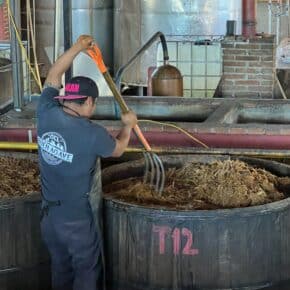

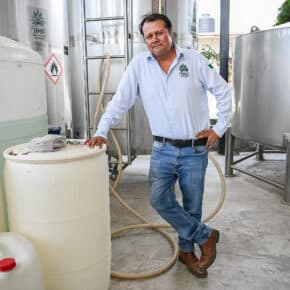









Leave a Comment